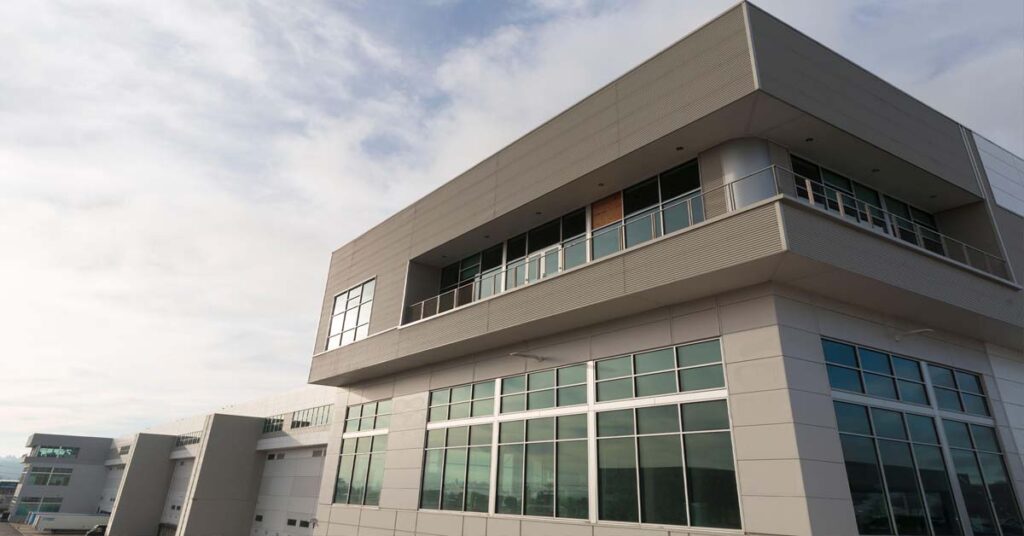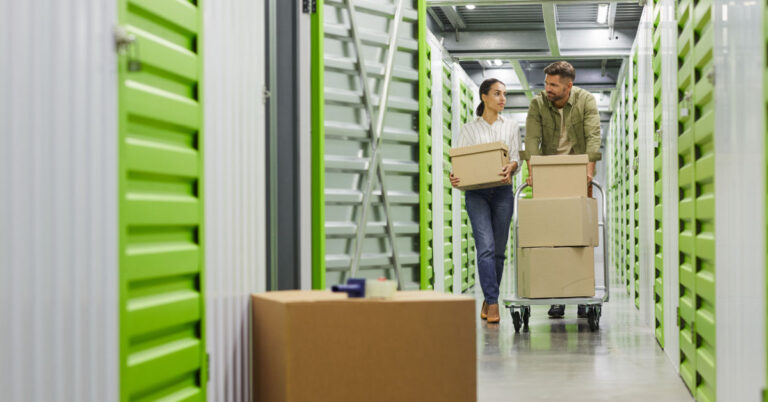As notable as the resilience of the industrial sector has been the emergence of logistics real estate as the driver behind it, with warehouses and distribution centers gaining more and more prominence in a world where e-commerce keeps growing and supply chain health is at a premium.
The logistics segment accounted for almost one quarter of global commercial real estate investment in 2021, according to JLL, and observers continue to remain bullish on growth in the asset class. A survey of logistics experts published in July by JLL saw 81% of respondents in the Americas indicating they expect further growth in logistics demand over the next three years, with 32% expecting significant growth.
The question becomes, then, whether the pace of logistics properties’ growth, along with that of investment in them, is sustainable. For one thing, one of the biggest constraints to continued gains is a lack of places to build, with developers struggling to obtain suitable land and planning permission.
To address this issue, developers are becoming creative in addressing the needs of a segment when space is becoming a rare commodity, JLL reported. One possible answer: subverting the expectation of a logistics center from a sprawling, horizontally built facility to a vertically designed, multi-floor structure, especially in land-limited urban areas.
“A limited amount of industrial zoned land is driving a need for a whole new vertical building design,” explained Rich Thompson, global leader of supply chain & logistics solutions at JLL. “Multi-story has been around for some time, but in the U.S., it’s a relatively new trend. We’re seeing more and more opportunities emerge as land prices rise and as the need to be closer to consumers becomes ever more critical.”
Multilevel warehouses, as Thompson said, are common in densely populated urban centers in Asia, and the idea is indeed taking root stateside. The first large-scale multilevel warehouse in the country — a three-story, 590,000-square-foot facility near the Port of Seattle — was built by real estate investment trust Prologis in 2018. The facility attracted a high-profile tenant in Amazon, and evidently the e-retail giant was so happy with the return that it’s also slated to take up space in a three-story, 335,800-square-foot warehouse in the works in Brooklyn’s Red Hook Neighborhood. Once completed, it’s set to be the first vertically designed warehouse on the East Coast.
The Big Apple has become a petri dish of sorts for the trend. Innovo Property Group, a New York City-based developer, has a two-story warehouse in the Bronx set to finish this year and is currently in lease-up. RXR and LBA Logistics have teamed for a five-floor, 1.1-million-square-foot facility in Queens. The fate of such facilities will ultimately pave the way for the success of the vertical logistics trend, but if more big companies like Amazon are ready to hop on the bandwagon, the future looks bright.
Ultimately, according to Thompson, multilevel warehousing is the kind of shrewd innovation that’s going to both drive and meet the demand for logistics space. As supply chains continue to undergo new structural shifts thanks to e-commerce and other factors, companies are only placing more emphasis on their logistical needs, Thompson noted.
“Distribution, which was once a ‘necessary evil’ focused only on cost, is now considered a strategic priority by corporate occupiers,” he said.








